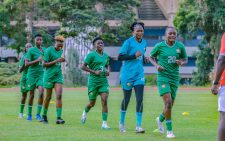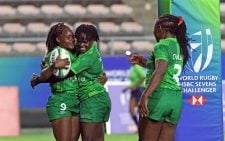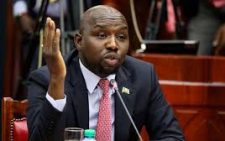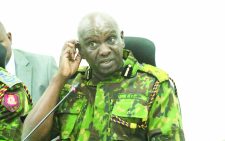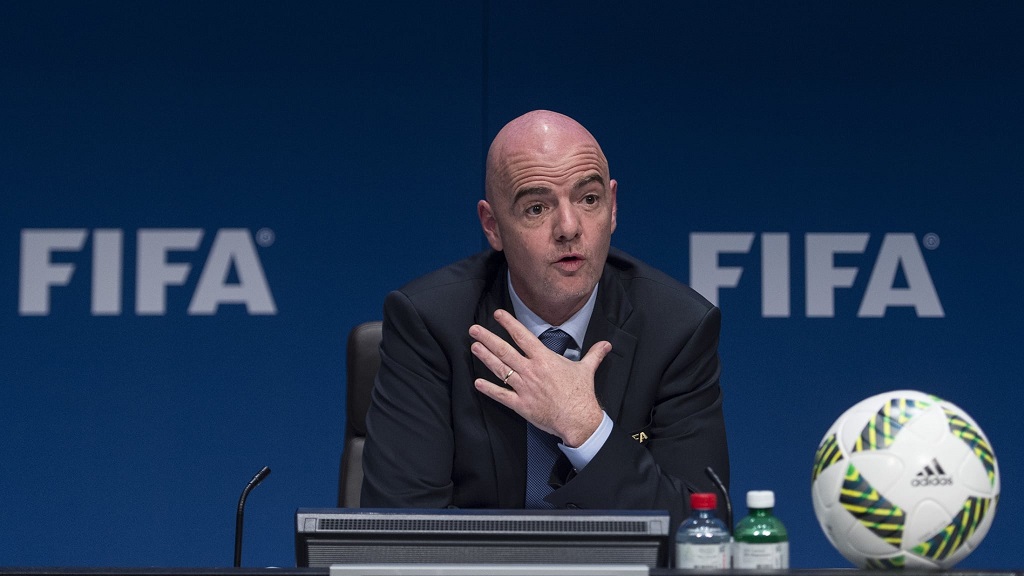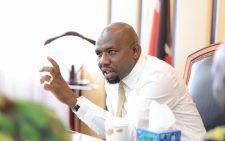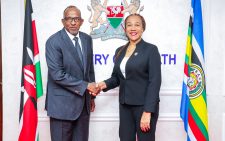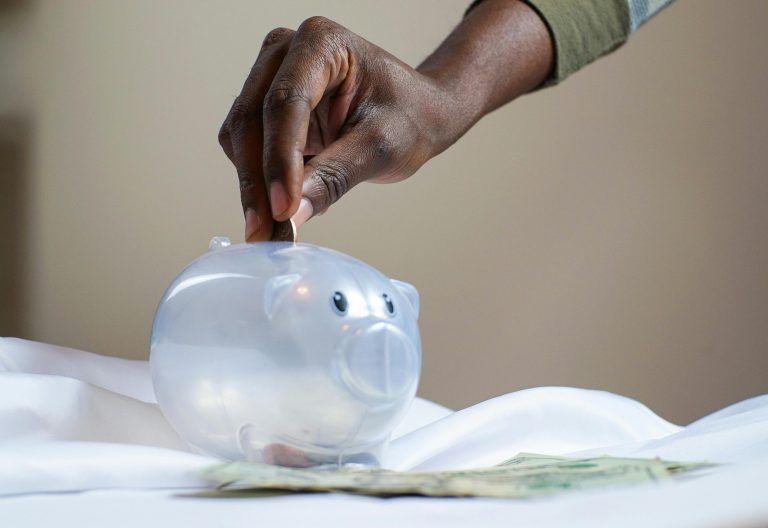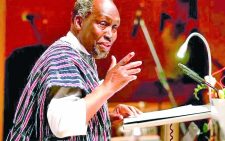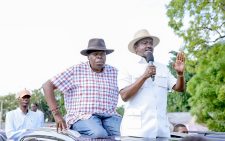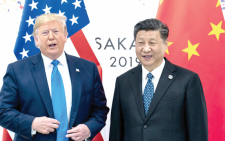Yes, how the President dresses actually matters
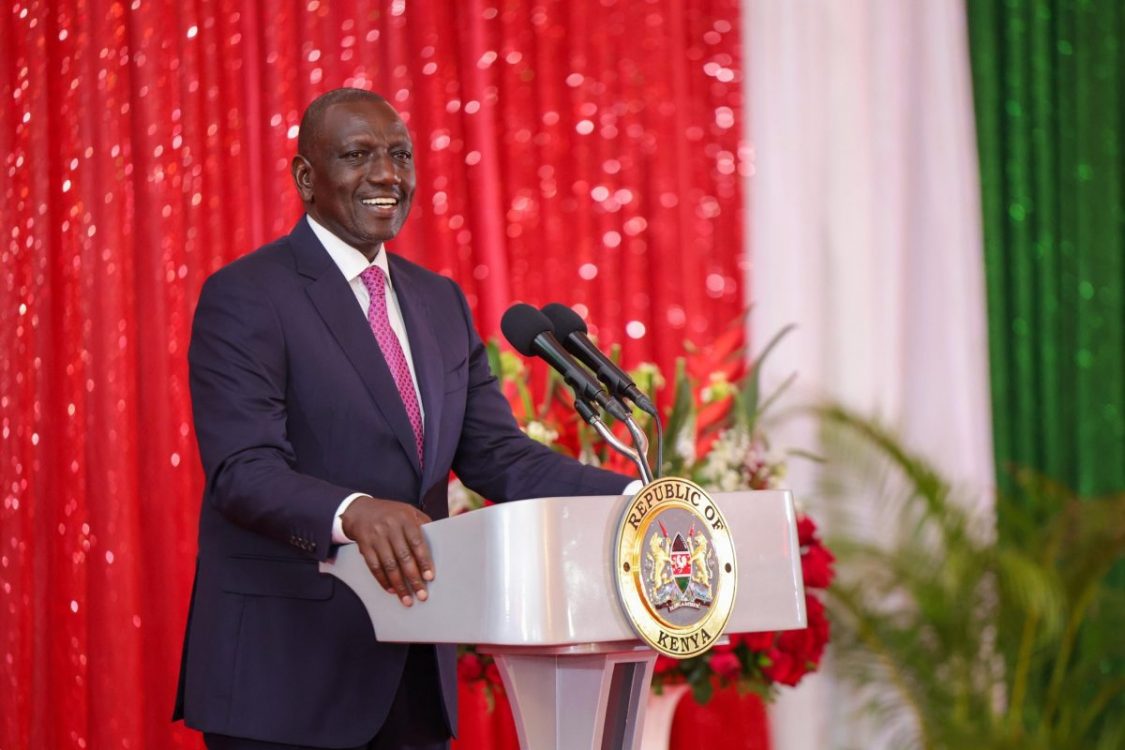
During New Year’s crossover celebrations, seeing the President and his deputy look truly presidential was refreshing.
It was not like the early days of President Uhuru Kenyatta and the then Deputy President William Ruto when they used to don matching attire. The offices of the president of a country and that of the second-in-command are serious business not to be given light treatment.
On the shoulders of the President and his deputy, together with other State actors, lies the fate of the 50 million of us. They will be called upon to uphold the country’s interests at any moment.
Consider the Saturday in 2013 when all appeared calm and sanguine. Shoppers were going about their business when hell broke loose, and terrorists attacked Westgate. The President must respond immediately to protect the land and the people.
While Kenyans appeared to have been taken in by the dynamic duo wearing a uniform, that appearance alone took away some of the seriousness associated with the office.
Was the appearance intended to denote unity of purpose? The two offices are different; the president is the president, while the deputy president is the deputy president, and the two are not the same uniform or no uniform.
But back to New Year’s eve, the President dressed in his dark suit, and the Deputy President wore a suit away from those his beloved tracksuits for walking in the wee hours of the morning. It has been said and documented before that dressing is part of messaging. When the President looks the part, there is hardly any doubt of who is in charge. Late President Daniel arap Moi got this correct – there was no guessing, from appearance, who the chief was.
Blessed with height and full body plus his Nyayo baton, Moi was always presidential, even if he was going to watch a football match. He would confidently match to the field; a chief does not hurry in such matters; it is part of the performance, then talk to a few players before kicking the ball into the air, all in his suit with his Nyayo baton in hand. It was the
president kicking the ball, and that assignment was ceremonial.
It is of concern, for example, when the deputy president joins children in sliding down from a height. It worries that the deputy president risks being badly exposed, or an accident happens, and the deputy president hurts himself. To whom would the nation turn to if an emergency were to occur when the deputy president is indisposed? So why take such unnecessary risks?
Similarly, the President, while opening the youth conference, chose to dress down in a light jacket and, on stage, started jumping up and down. The nation must hold its breath at every jump and landing because anything can happen, and the President may be badly exposed. What if, in such vigorous activity, parts of his clothes came off (wardrobe malfunction) or the President strains his foot while landing? To whom does the nation turn to for serious decision-making? Dressing down does not validate the President; he needs none. The President, his deputy, and all senior leaders are national resources in which the country invests. The official dress is part of what the President signed for in taking the oath of office.
Those in high offices must stop trying to look like the rest of us. The argument of identifying with his audience does not cut it. If we had a women’s conference, it would be ridiculous for the President to dress like a woman to identify.
Similarly, if there was a meeting of witches and the President was invited to host it, he would have to. After all, those witches are his subjects, but it would be inappropriate for
him to start dressing like one. Let the President dress presidentially and avoid performances that may be risky. If our challenge was figuring out our official dress, that is a different matter.
—The writer is Dean, School of Communication, Daystar University
